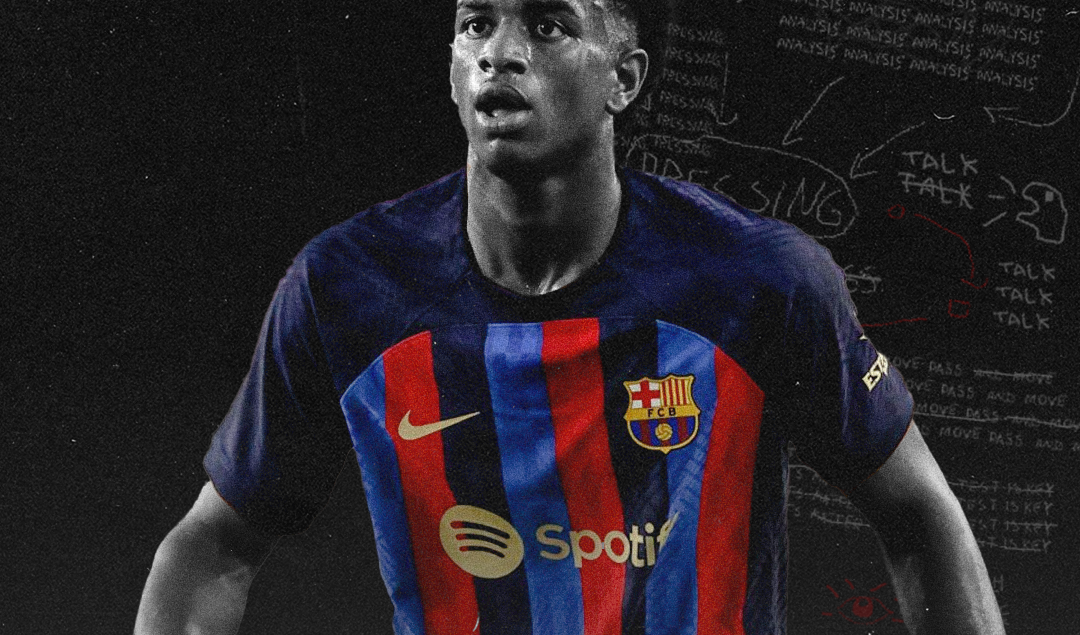Clásico Under Siege: Football, Survival, and Identity in Gaza
In most places, El Clásico is a game. In Gaza, it’s a form of resistance. In the midst of siege, rubble, and silence, two teams thousands of miles away provide people with a reason to cheer, argue, and remember who they are.
For years, Gazans have followed every pass, goal, and controversy involving Real Madrid and Barcelona. Even under fire, in shelters, the rivalry persists—not just for sport, but for survival. In the absence of normal life, football serves as the last link.
Abdallah Daher, 22, viewed the most recent Clásico from inside a UN shelter in Khan Younis. “There was no electricity or internet, and the building shook every hour. But we still found a way to watch the game,” he said. He recalls doing the same during the 2021 and 2014 wars, waking up at 2:30 a.m. to hear the score on the radio or asking cousins in the north for updates via intermittent internet connections.
Examining Hansi Flick’s Rock ‘n Roll Version of Total Football at Barcelona
In Block 9 of Al-Bureij refugee camp, 13-year-old Yazan shouted Luka Modrić’s name louder than the drones above. In Tal al-Sultan, a generator was turned on for 90 minutes only to power a small screen. When Jude Bellingham scored a 92nd-minute winner, one displaced father clutched his son in celebration, temporarily forgetting the sky wasn’t safe.
“In a place where the news is always about death, football is the only thing that reminds us we’re still human,” said Mahmoud Al-Khatib, a lifelong Barcelona fan. He used to watch matches at a café in Rafah that was later destroyed by an airstrike. He now checks Telegram for updates.
Even during a war, tactical debates persist. Fans debated whether Madrid’s midfield double pivot was too conservative or Barcelona’s use of a high line without Ronald Araújo was dangerous. These are not simply conversations; they are acts of mental survival.
During the 2024 Clásico, dozens of displaced families crowded into a classroom turned shelter. Volunteers brought in a solar-powered television. The signal was weak. The children stood the entire 90 minutes. Half the audience cheered for Madrid. The other half for Barcelona. Nobody sat. Nobody argued. Everyone escaped—for a brief moment.
The buzz of surveillance never stopped, not even during halftime. Samar, 17, has lost her home in Rafah. She currently lives in a tent near Deir al-Balah. She wears a faded Messi jersey around her shoulders. “This shirt is all I have left,” she said. “When I wear it, I remember who I was before the war.”
During the 2024 Clásico, dozens of displaced families crowded into a classroom turned shelter. Volunteers brought in a solar-powered television. The signal was weak. The children stood the entire 90 minutes. Half the audience cheered for Madrid. The other half for Barcelona. Nobody sat. Nobody argued. Everyone escaped—for a brief moment.
The buzz of surveillance never stopped, not even during halftime. Samar, 17, has lost her home in Rafah. She currently lives in a tent near Deir al-Balah. She wears a faded Messi jersey around her shoulders. “This shirt is all I have left,” she said. “When I wear it, I remember who I was before the war.”
Breaking The Lines showcases football’s intellectual and emotional depth. Despite everything, Gaza is part of that world. El Clásico fans here are driven by urgency, memory, and fire. They do it not only for the enjoyment of the game, but also to demonstrate that life, identity, and dreams still exist.
When the next Clásico arrives, Gaza will watch again. They will watch from tents, bombed-out shelters, or radios set up under the stars. Because in Gaza, loving football means choosing life over fear.
By: Hani Qarmout / @HaniQarmoot
Featured Image: @GabFoligno / James Williamson – AMA / Getty Images
